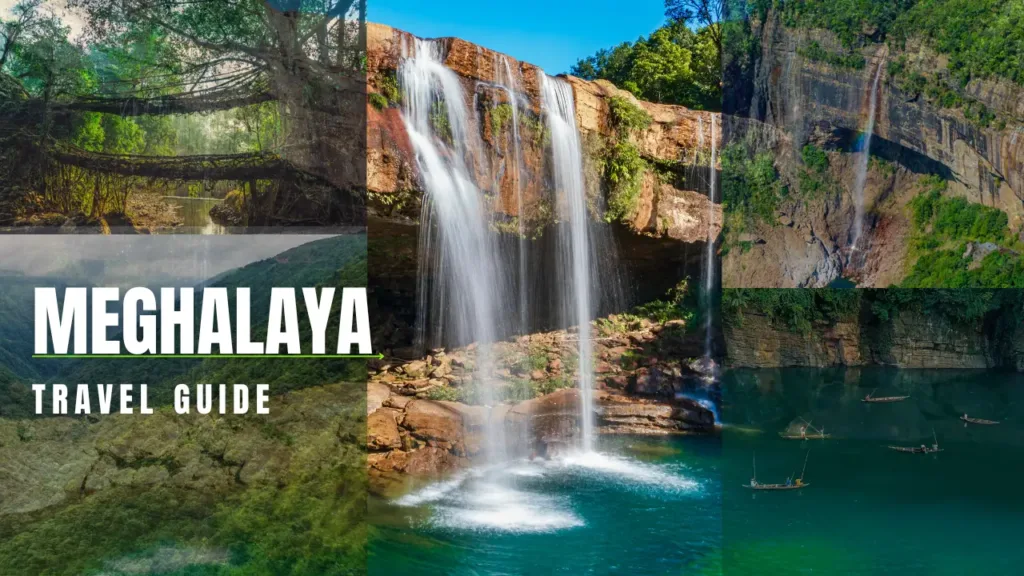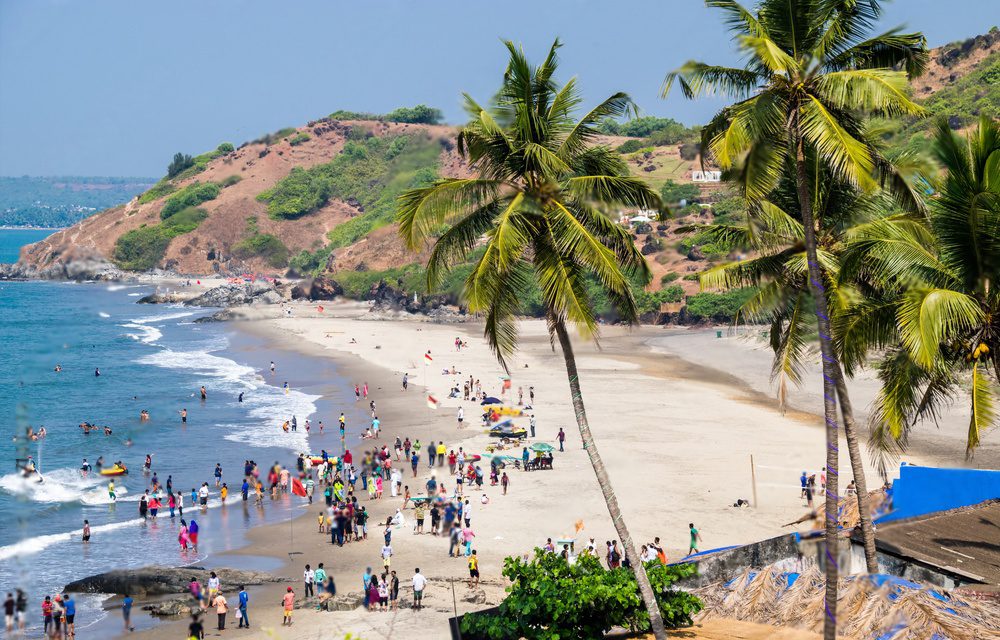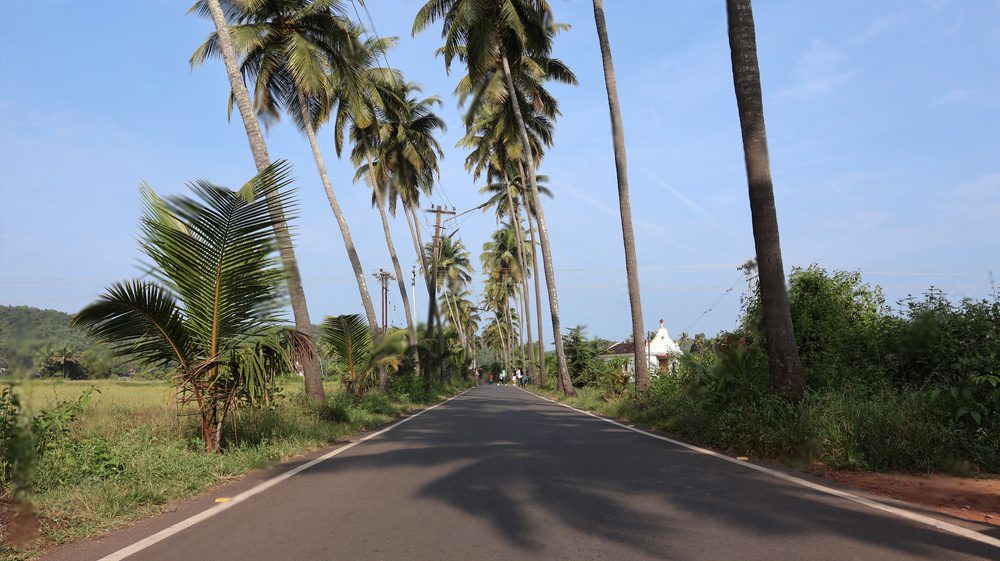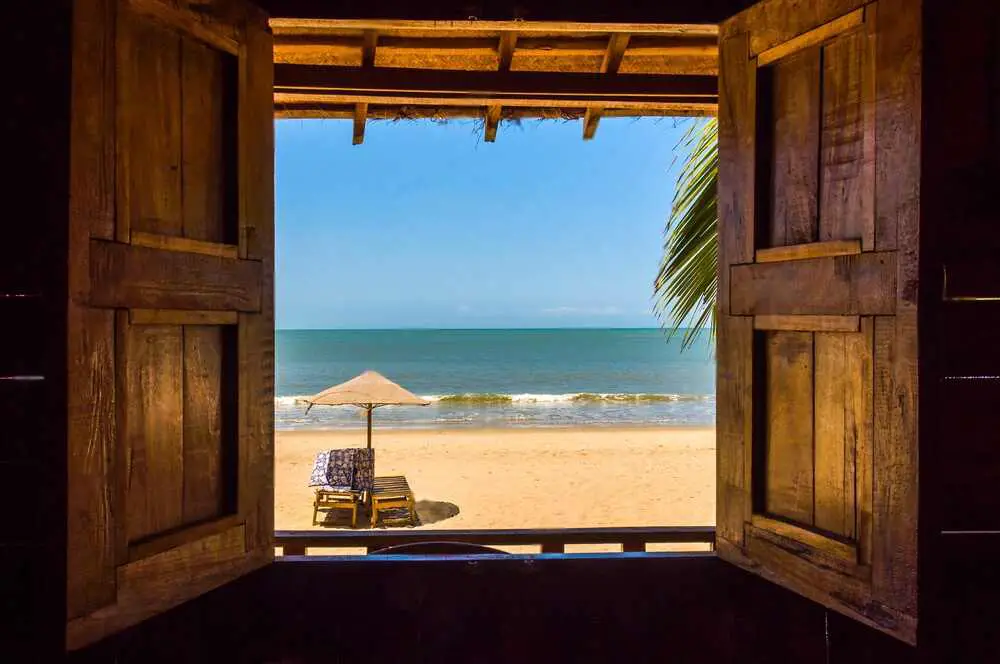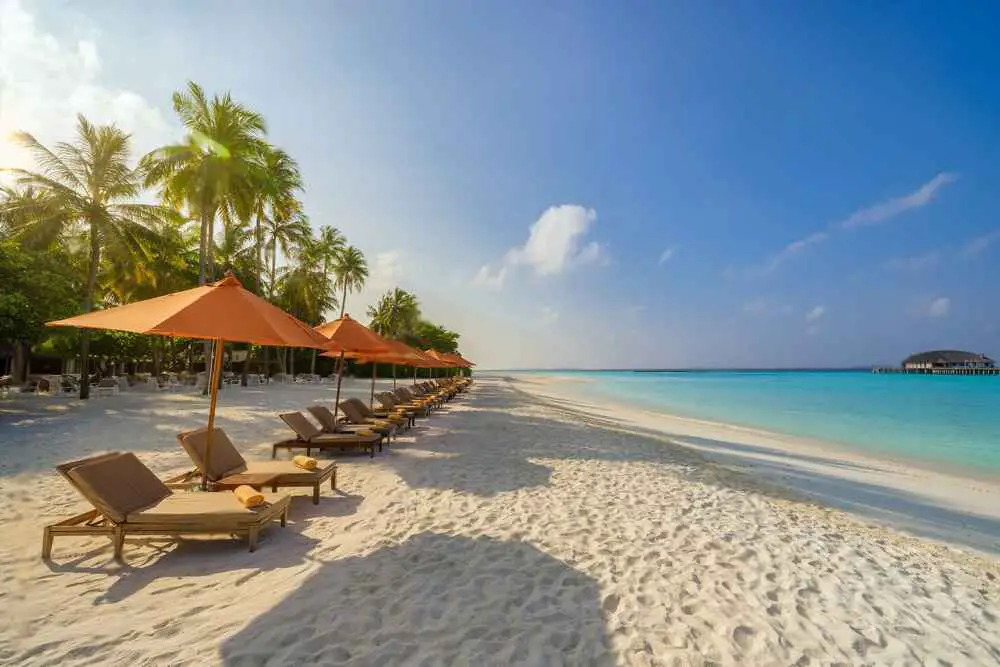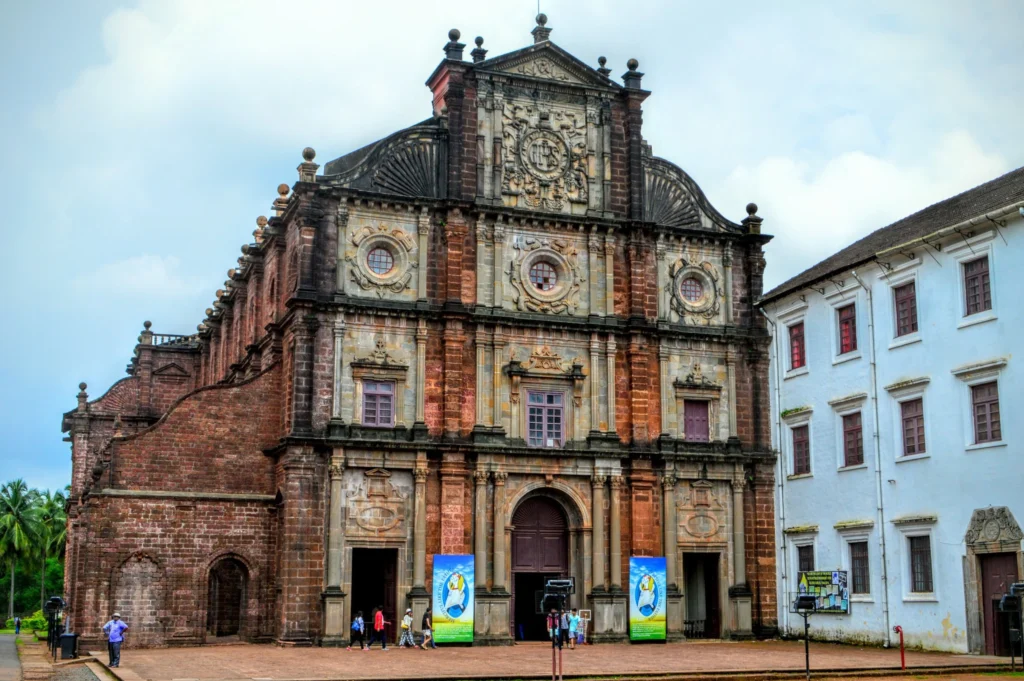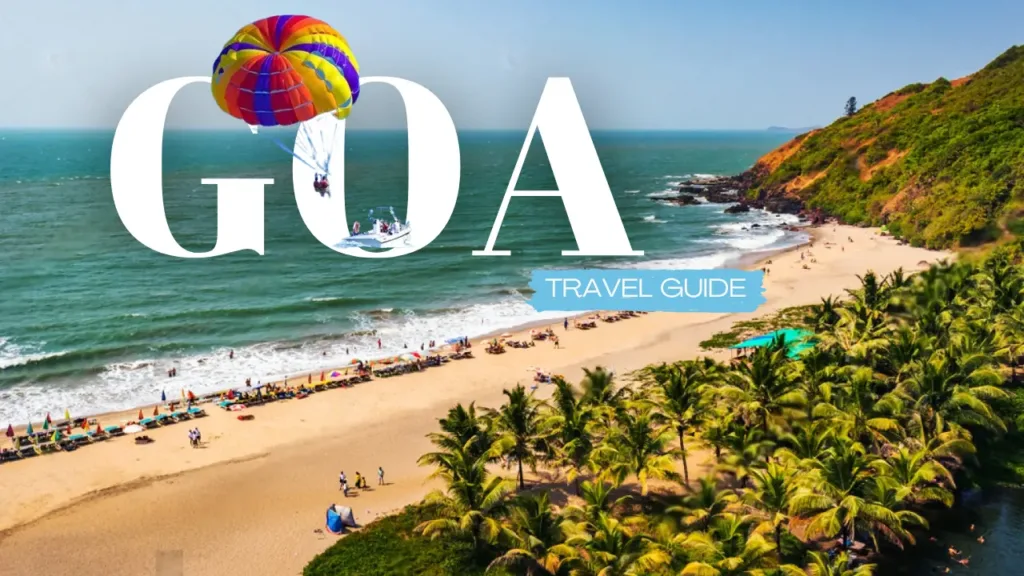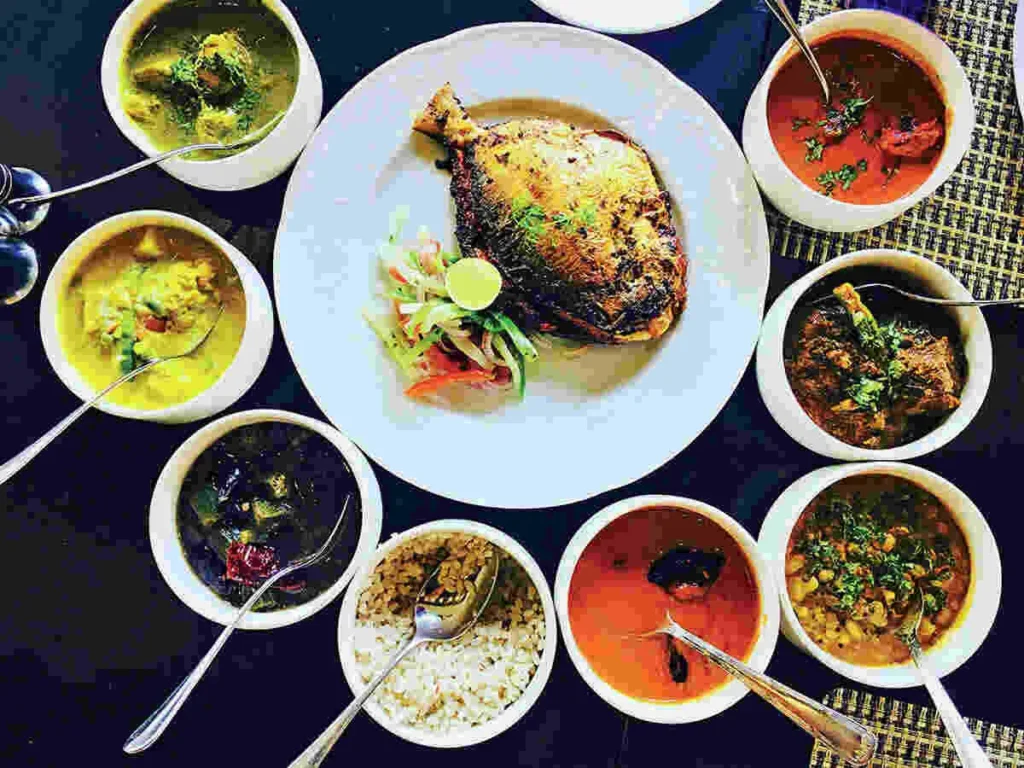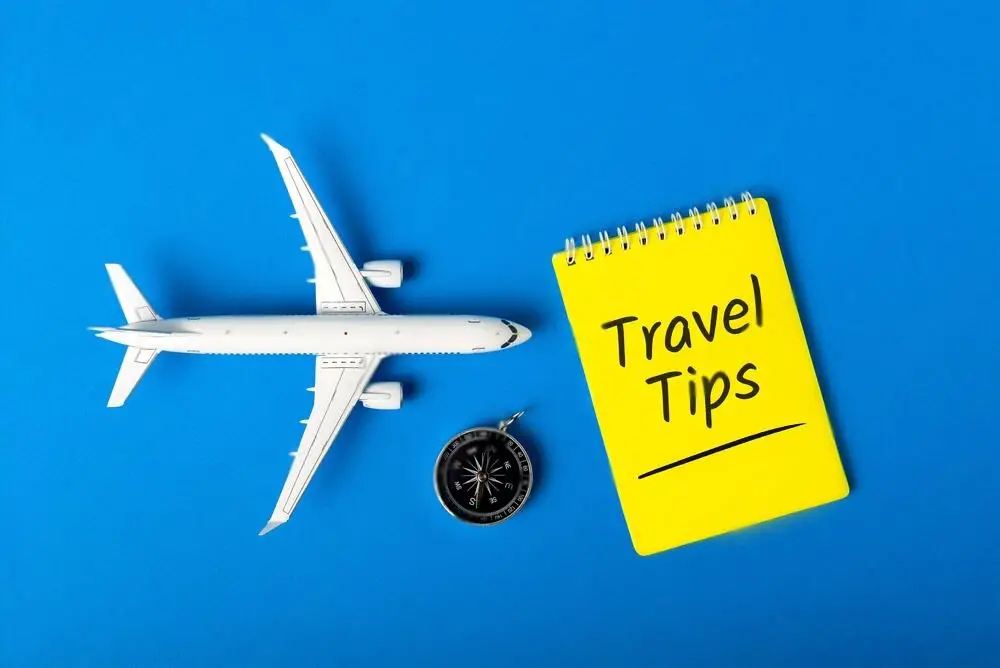Meghalaya is a scenic state located among clouds in northeast India. It has rolling hills, gushing waterfalls, sacred forests, crystal clear rivers and amazing vistas. Meghalaya, known for its matrilineal culture, pleasant weather and rich biodiversity provides an offbeat travel experience. Let us embark on an unforgettable journey to the best of Meghalaya!
How to Reach Meghalaya:
There are various ways to reach Meghalaya, depending on your budget and travel style:
- Flights: The fastest option. Meghalaya has two airports:
- Lokpriya Gopinath Bordoloi International Airport in Guwahati (Assam) – This is the main airport with connections to major Indian cities.
- Shillong Airport in Shillong – Offers limited connectivity.
- Trains: A comfortable and scenic option, with trains connecting major Indian cities to Guwahati, the gateway to Meghalaya.
- Buses: A budget-friendly option. Public and private bus operators offer services from nearby states like Assam and West Bengal.
- Car: Provides flexibility for exploring Meghalaya at your own pace. The drive from Bangalore is a long journey (around 37 hours), so plan accordingly.
Additional Tips:
- Onward travel: Once in Guwahati or Shillong, arrange transportation to your final destination within Meghalaya. Taxis, shared cabs, and buses are readily available.
- Permits: Special permits might be required for certain areas in Meghalaya. Check with local tourism authorities beforehand to avoid any issues.
Best Time to Visit Meghalaya:
The ideal time for your Meghalaya trip depends on what you’d like to experience:
- Summer (March to June): This is the peak tourist season due to pleasant and sunny weather, with temperatures ranging from 16°C to 26°C. Perfect for outdoor activities like trekking, hiking, and spelunking. Be prepared for crowds.
- Monsoon (July to September): Expect heavy rainfall, lush landscapes, and the possibility of landslides and road closures. Pack rain gear and check conditions beforehand if you choose this season.
- Autumn (October to November): The monsoon eases, offering pleasant weather and beautiful scenery. A great time to avoid crowds.
- Winter (December to February): Mild winters with temperatures from 7°C to 18°C. Waterfalls might be spectacular due to freezing, but some attractions may be closed.
Additional factors to consider:
- Festivals: Plan your trip around local festivals if you’re interested in experiencing the culture.
- Accommodation: Prices are generally higher during peak season (summer). Consider visiting during the shoulder seasons (spring or autumn) for budget-friendly options.
Top Attractions:
Shillong:
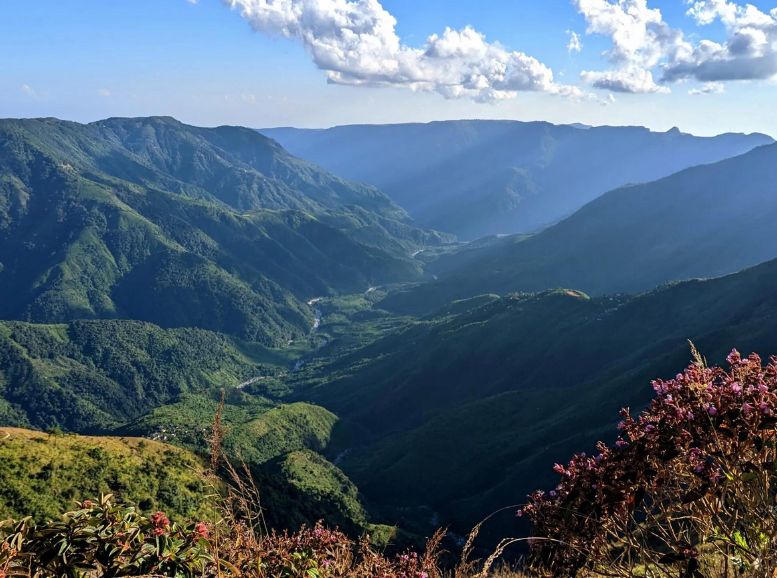

The idyllic hill station of Shillong has some breathtaking views, appealing colonial buildings, gardens, museums and cafes where visitors can spend their leisure time. It also serves as a golfing destination. Do not forget to visit such attractions as Elephant Falls, Shillong Peak, Wards Lake, Don Bosco Museum and the Cathedral of Mary Help of Christians.
Cherrapunji:
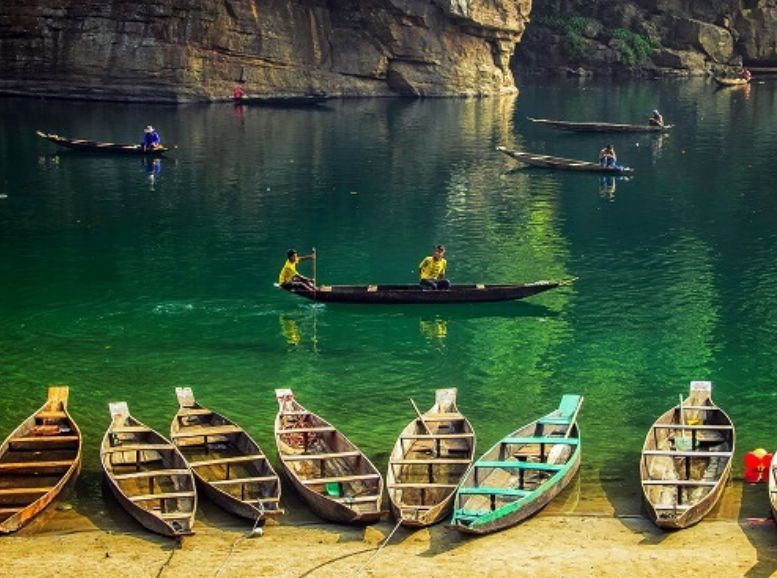

Cherrapunji, probably the wettest place on earth is known for its living root bridges as well as for waterfalls such as Nohkalikai Falls and Seven Sisters Falls; Mawsmai Cave and Arwah Cave; Eco Park and Khasi monoliths. A drive from Shillong to Cherrapunji through the dense greenery is a pleasure.
Dawki: Meghalaya
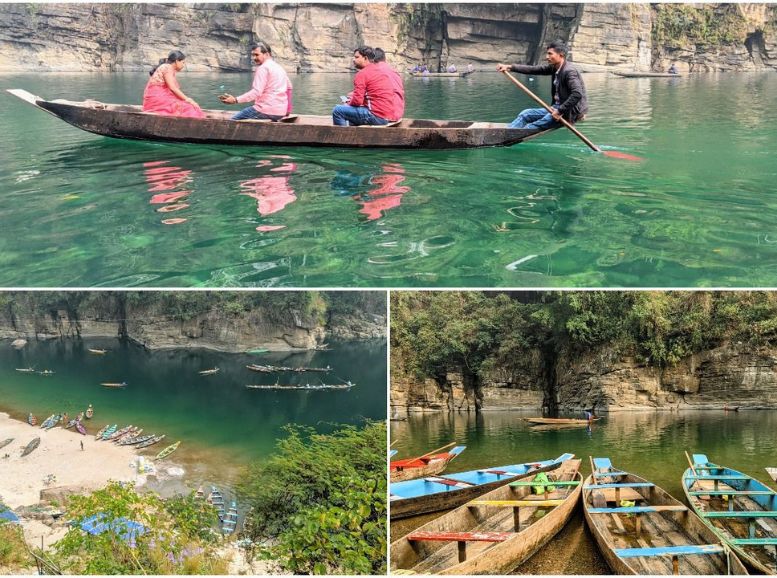

Dawki, known for its crystal-clear Umngot River is a splendid place. People can also take a boating trip down the river, see Tamabil border with Bangladesh and admire the beautiful golden green waters of Umngot from Dawki suspension bridge.
Mawlynnong:
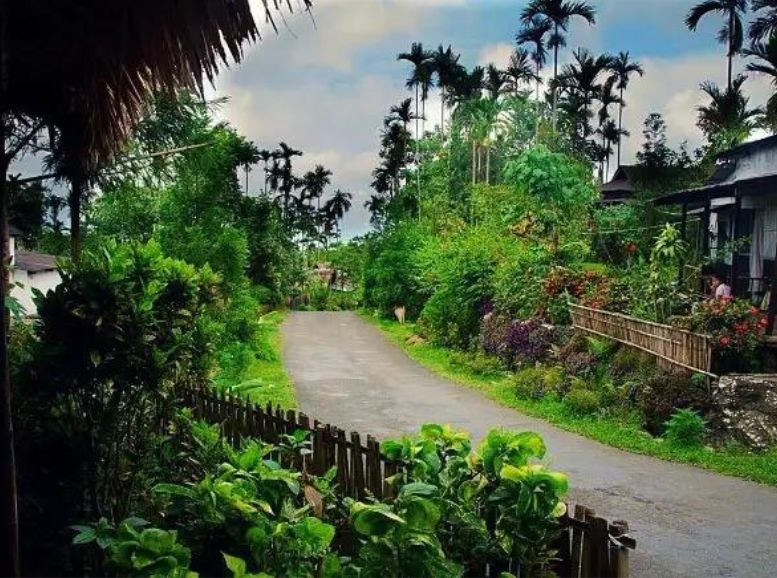

Mawlynnong captivates visitors with its living root bridges, beautiful cottages, picture-pretty waterfall in Mawlynnong village and balancing rock which earns him the tag of being Asia’s cleanest village. The village also has treks to the living root bridges such as the famous Umshiang Double Decker root bridge.
Mawsynram:
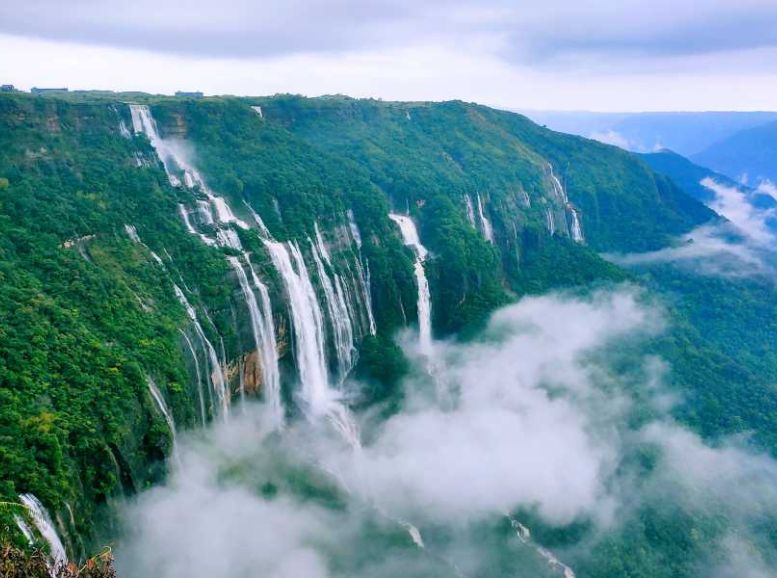

Mawsynram holds the record for the highest rainfall in India. The lush green village comes alive with numerous waterfalls and cascades in the monsoon. Some attractions are Mawjymbuin cave, Krem Dam cave, and the balancing rock.
Double-decker Living Root Bridge:
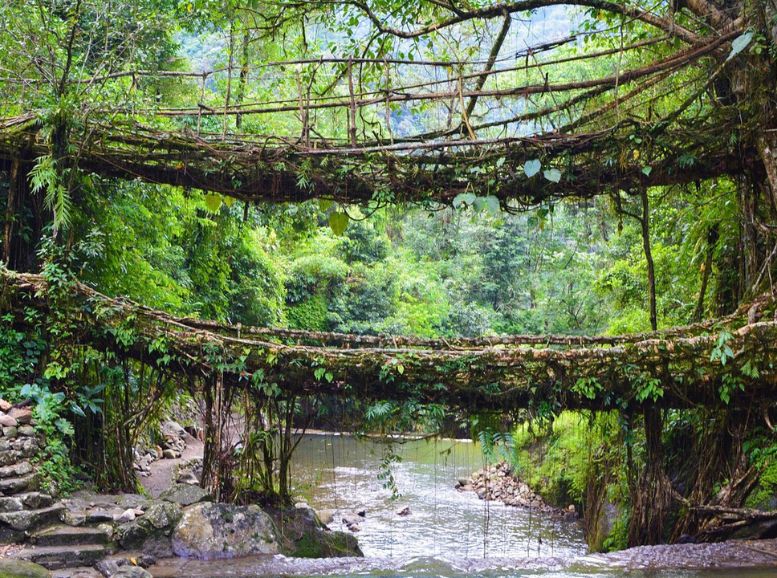

The double-decker living root bridge, nestled within the dense forests of Meghalaya, India, is a remarkable example of nature’s ingenuity and human collaboration. Crafted over centuries by the indigenous Khasi and Jaintia tribes using the roots of the Ficus elastica tree, these extraordinary bridges serve as vital pathways across the region’s rugged terrain. The unique double-decker structure, with one bridge stacked atop the other, showcases the innovative techniques employed by the local communities to navigate the challenging landscape.
Umiam Lake:
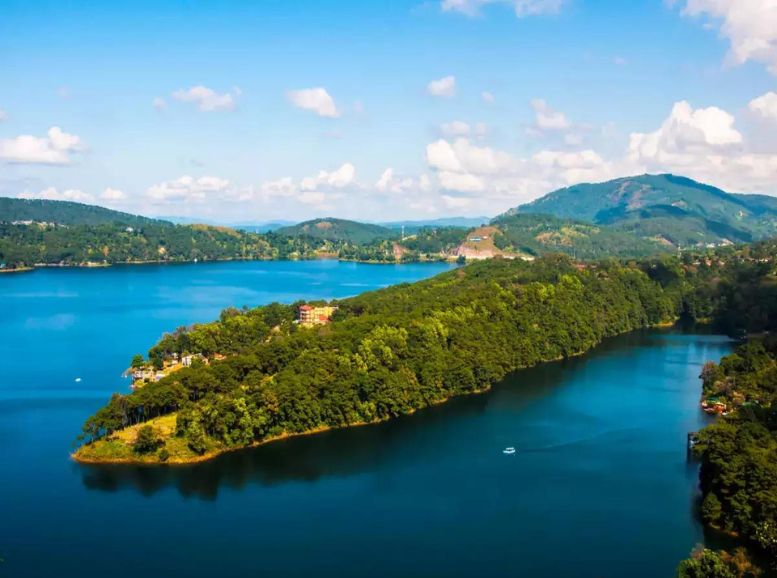

Umiam Lake, nestled in the serene hills of Meghalaya, India, is a breathtaking reservoir that captivates visitors with its tranquil beauty and scenic surroundings. Formed by the damming of the Umiam River, this picturesque lake is a popular destination for tourists seeking relaxation and natural splendor. The azure waters of Umiam Lake stretch across vast expanses, reflecting the verdant hills and lush greenery that envelop its shores.
Krang Suri Falls:
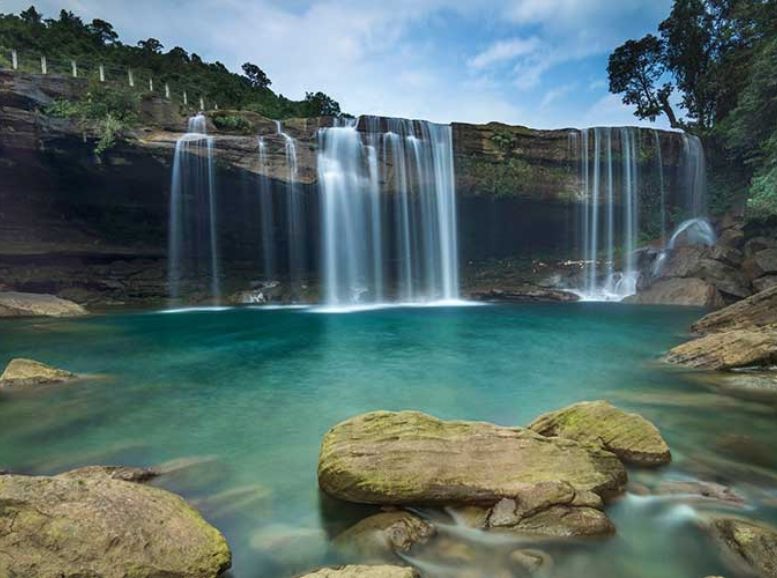

Krang Suri Falls, tucked away in the pristine wilderness of Meghalaya, India, is a hidden gem awaiting discovery by adventure seekers and nature lovers. Cascading from a height of approximately 40 feet into a crystal-clear pool below, these mesmerizing falls create a spectacle of natural beauty that leaves visitors awe-struck. Surrounded by dense forests and towering cliffs, Krang Suri Falls offers a serene escape from the hustle and bustle of city life, inviting visitors to immerse themselves in its tranquil ambiance.
Elephant Falls:
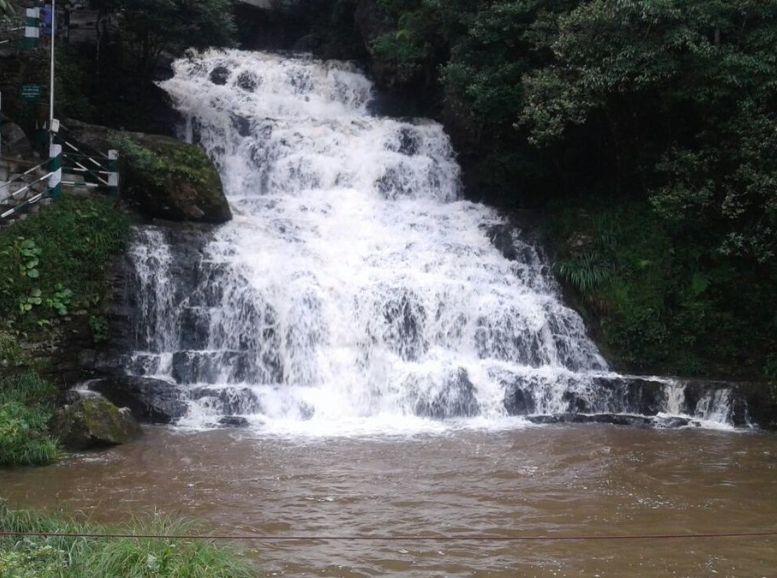

Elephant Falls, nestled in the lush greenery of Meghalaya, India, is a majestic cascade that enchants visitors with its sheer beauty and serene ambiance. Named after a nearby elephant-shaped rock, these magnificent falls consist of three tiers that cascade down into a tranquil pool below. As the water plunges gracefully amidst the verdant foliage, it creates a mesmerizing spectacle of natural splendor that captivates the senses. Visitors can follow winding pathways and wooden bridges to explore different vantage points, each offering a unique perspective of the falls and surrounding landscape.
Seven Sisters Falls:
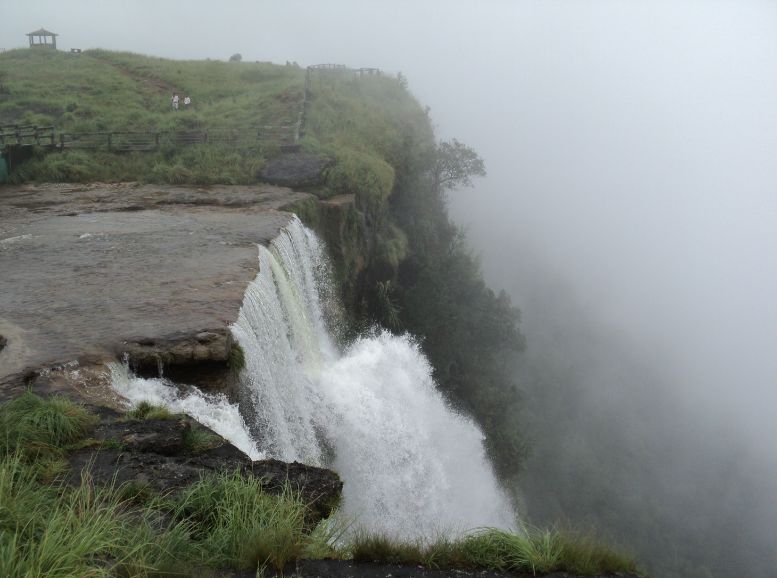

Seven Sisters Falls, also known as Nohsngithiang Falls, is a spectacular natural wonder nestled in the lush landscapes of Meghalaya, India. Named after the seven separate streams that cascade down the steep cliffs of the Khasi Hills, these majestic falls form a breathtaking spectacle of cascading water and mist. The sheer force of the water creates a mesmerizing display as it plunges from a height of approximately 315 meters (1,033 feet) into the valley below.
Khoh Ramhah:
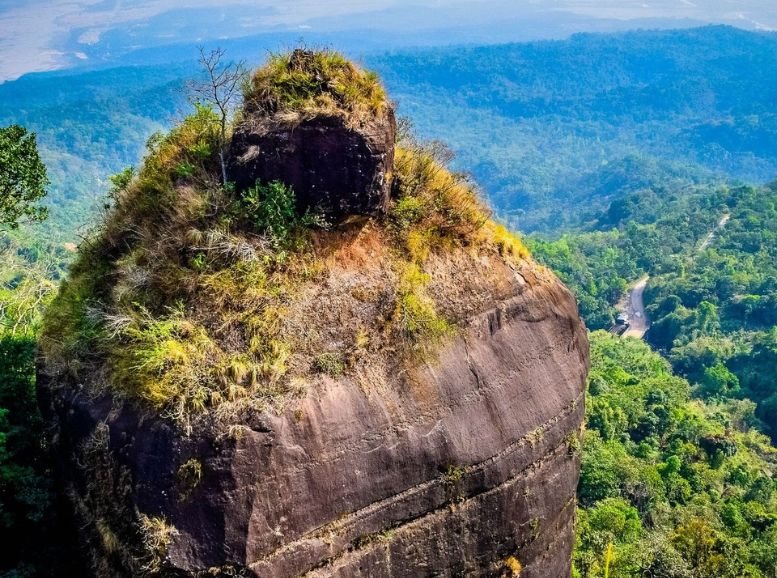

Khoh Ramhah, also known as the Pillars of God, is a stunning natural rock formation located in the West Khasi Hills district of Meghalaya, India. These towering limestone pillars rise dramatically from the ground, reaching heights of up to 30 meters (98 feet), and are surrounded by lush greenery, adding to their mystique and allure. Khoh Ramhah is revered by the local Khasi people as a sacred site, believed to be the abode of benevolent spirits and deities.
Beyond Sightseeing:
Caving:
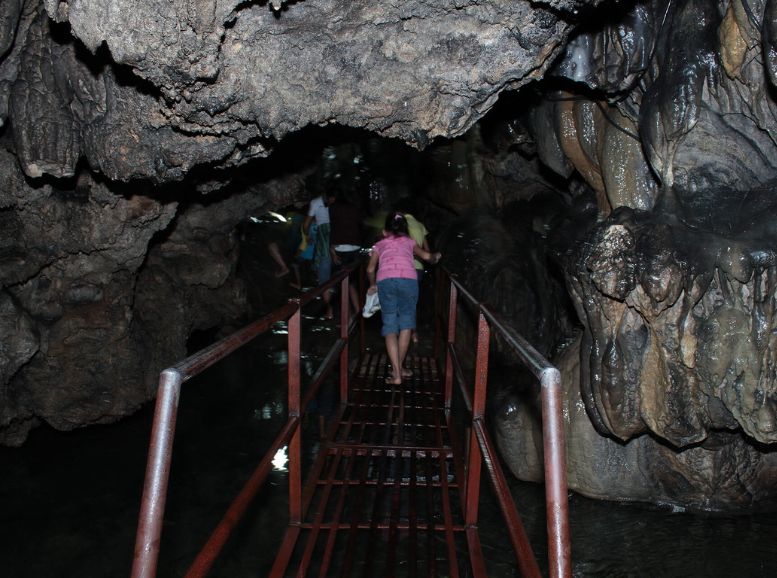

Meghalaya has an extensive network of natural caves perfect for adventure. Some popular caves are Mawsmai cave, Arwah cave, Krem Tyngheng, Krem Umshyrpi, and Krem Liat Prah. Special permissions need to be taken for caving in Meghalaya.
Trekking:
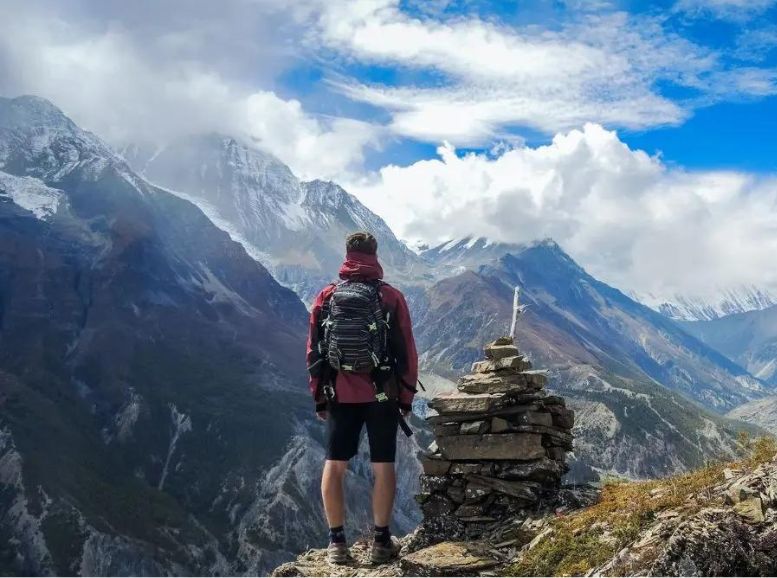

With its mountainous terrain and sinuous trails, Meghalaya offers excellent trekking opportunities. Treks to the living root bridges in Mawlynnong and Nongriat passing through verdant forests and valleys are highly popular. Other treks are the David Scott Trail and Shillong peak treks.
Zip-lining:
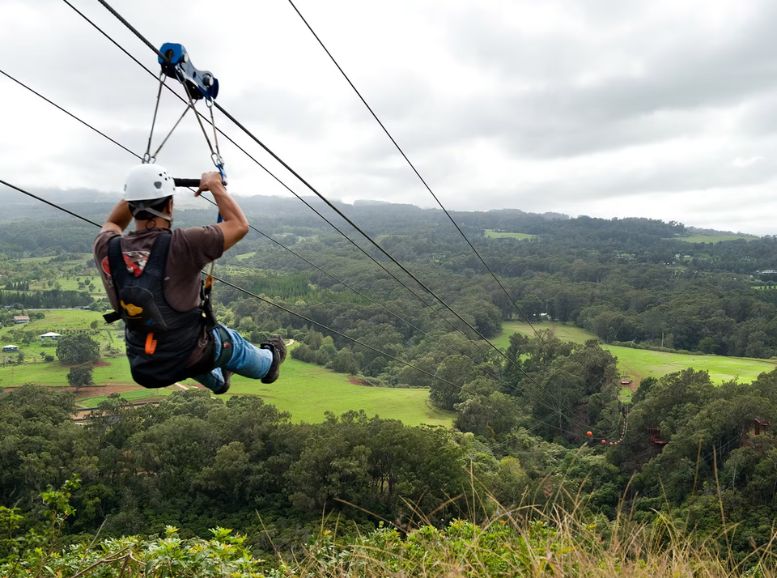

Meghalaya has Asia’s longest zipline at the eco park in Cherrapunji. With a length of 2.2 km, it provides breathtaking views of the lush greenery and waterfalls of Cherrapunji.
River rafting and Kayaking:
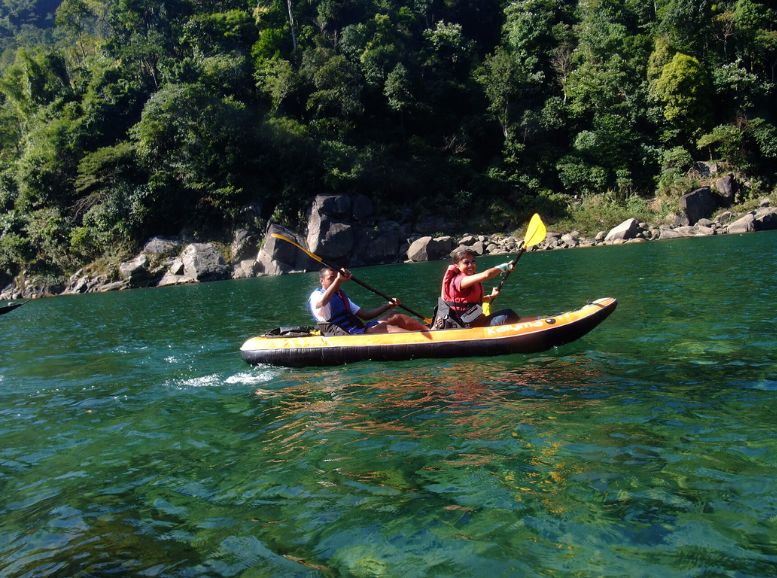

The turquoise blue Umngot river provides Grade 1 and 2 rapids perfect for river rafting and kayaking. Rah rafting in the rocky terrains of the rivers of Meghalaya like Umiam lake is an adrenaline-pumping experience.
Local Experiences:
Try the local cuisine:
Savour Khasi cuisine and assortments that include Jadoh (red rice and pork), tung-rymbai(fermented soybean), sakkin (smoked pork). Be sure to taste fresh fruits, mushrooms, bamboo shoots and local fish.
Visit local markets:
The stores of the local tribal markets or ‘syiems’ in Meghalaya reveal aspects of culture and tradition. Few famous ones are in Shillong, Mawphlang, Mawlynnong and Cherrapunji. Go shopping for ripe pineapples, jackfruits, turmeric, hand-made fabrics and bamboo products.
Experience tribal festivals:
On the other hand, Meghalaya celebrates many colourful tribal festivals that reflect their culture and traditions. Prominent festivals include Shad Suk Mynsiem, Nongkrem Dance Festival, Wangala Festival and Behdienkhlam Festival.
Visit the living root bridges:
The unique living root bridges of Meghalaya are made by entwining the aerial roots of Ficus elastica trees. Visit the very interesting natural architecture found in Mawlynnong, Nongriat, Riwai and Nongthymai villages.
Explore the caves:
50 percent of Meghalaya is mystery and adventure found in its natural sandstone and limestone caves. Proper guides and equipment to have a memorable experience visit them. Popular ones include Mawmluh Cave, Krem Kotsati, and Krem Umshyrpi.
Food Delights:
Meghalayan cuisine is simple yet delicious. Some must try authentic local dishes are:
- Jadoh: Red rice cooked with pork
- Ki Kpu: Tart fermented pork salad
- Nakham Bitchi: Fermented fish stew
- Pukhlein: smoked and dried pork cooked with bamboo shoots
- Tungtap: Fish chutney
- Sakkin: Smoked pork with ginger and onions
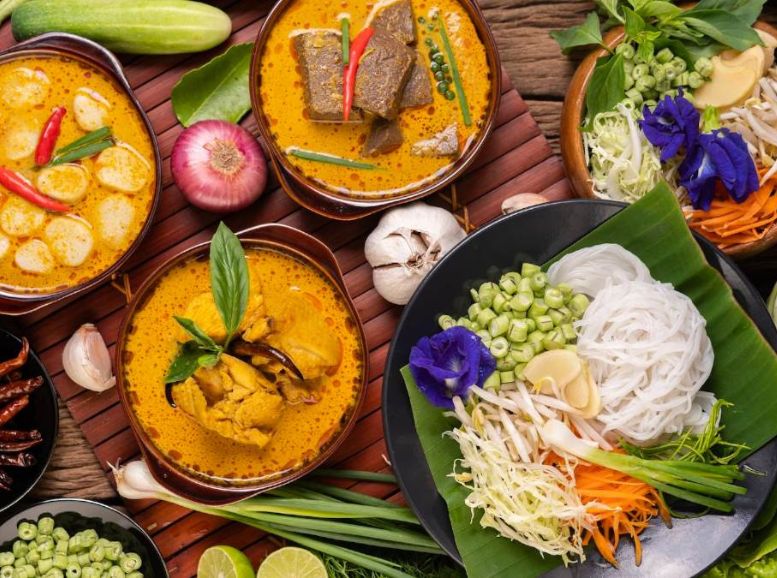

Local drinks like khasi tea, rice beer, and fruit wine should also be sampled.
Transportation:
In Meghalaya, one can easily opt for shared taxis, auto-rickshaws, buses, private cabs and rental bikes to go sightseeing. For villages far from towns, private taxis or local help is advised.
Packing Tips:
Weather: Meghalaya experiences pleasant weather throughout the year, with slightly cooler temperatures in the winter months (October to March) and slightly warmer temperatures during the monsoon season (June to September).
Rain Gear: Meghalaya receives significant rainfall throughout the year, so a waterproof raincoat or poncho is essential. Opt for quick-drying and breathable clothing, as occasional showers are common even during the dry season.
Footwear: Sturdy, waterproof hiking boots or shoes with good traction are crucial for navigating uneven terrain and exploring natural attractions. Pack an additional pair of comfortable sandals or flip-flops for casual wear.
Sunscreen and Sunglasses: Protect yourself from the sun’s rays with broad-spectrum sunscreen (SPF 30 or higher) and sunglasses.
Safety:
- Follow traffic rules: Familiarize yourself with local traffic regulations and road signs. Be cautious of pedestrians, animals, and uneven road conditions, especially in rural areas.
- Be aware of your surroundings: Stay alert and vigilant, especially in crowded areas or unfamiliar surroundings.
- Research and plan: Familiarize yourself with the region, weather conditions, and potential challenges.
- Be mindful of your belongings: Keep valuables like wallets and passports secure, preferably in a money belt or a secure pouch worn close to your body.
- Drink safe water: Stick to bottled or purified water to minimize the risk of waterborne illnesses.
Travel Tips:
- Plan your visit during Shillong Autumn Festival in November for a carnival atmosphere.
- Carry extra cash as ATMs are limited in rural areas.
- Internet connectivity may be erratic in remote villages.
- Try hiking to village viewpoints early morning for magical sunrise views.
- Hire local guides to maximize your experience and safety.
Conclusion:
As your journey with Xplro through Meghalaya comes to an end, the memories created will last a lifetime. The enchanting beauty, warm hospitality, and diverse experiences make Meghalaya a must-visit destination for all types of travelers.
Happy Travel, we wish you happy travels as you embark on your own Meghalaya adventure with Xplro. Share your experiences and leave your comments below, inspiring fellow travelers to explore the wonders of India. Safe travels!
FAQs
- What are the must-visit places in Meghalaya?
Some must-visit places in Meghalaya include Cherrapunji, Mawlynnong, Dawki, Shillong, Nongriat, and Umiam Lake.
- When is the best time to visit Meghalaya?
- The best time to visit Meghalaya is during the months of October to May when the weather is pleasant and suitable for outdoor activities.
- What are the popular adventure activities available in Meghalaya?
Meghalaya offers a range of adventure activities such as trekking to the Living Root Bridges, caving in the Khasi Hills, river rafting in the Umngot River at Dawki, and exploring Mawphlang Sacred Forest.
- How can I reach Meghalaya?
Meghalaya can be reached by air via Lokpriya Gopinath Bordoloi International Airport in Guwahati, Assam, or by train to Guwahati Railway Station, followed by a road journey to Meghalaya.
- Are there any travel restrictions or permits required for visiting Meghalaya?
Indian nationals do not require any special permits to visit Meghalaya. However, foreign nationals may need to obtain Inner Line Permits (ILP) for entry into certain restricted areas.
- What is the local cuisine of Meghalaya?
The local cuisine of Meghalaya includes dishes such as Jadoh (rice and meat dish), Doh Neiiong (pork cooked with black sesame seeds), Tungrymbai (fermented soybean paste), and various preparations of bamboo shoots.
- What are the accommodations options available in Meghalaya?
Meghalaya offers a range of accommodation options including hotels, resorts, guesthouses, homestays, and eco-lodges, catering to different budgets and preferences.
- What are the famous festivals celebrated in Meghalaya?
Some famous festivals celebrated in Meghalaya include Wangala Festival (harvest festival of the Garo tribe), Shad Suk Mynsiem (annual dance festival of the Khasi tribe), and Behdienkhlam (traditional festival of the Pnar tribe).
- What should I pack for a trip to Meghalaya?
It is recommended to pack comfortable clothing suitable for both warm and cool weather, sturdy walking shoes for trekking, rain gear, insect repellent, and sunscreen.
- Are there any eco-friendly practices I should follow during my visit to Meghalaya?
Visitors are encouraged to follow eco-friendly practices such as avoiding littering, respecting the local culture and customs, supporting sustainable tourism initiatives, and minimizing their environmental footprint during their stay in Meghalaya.
